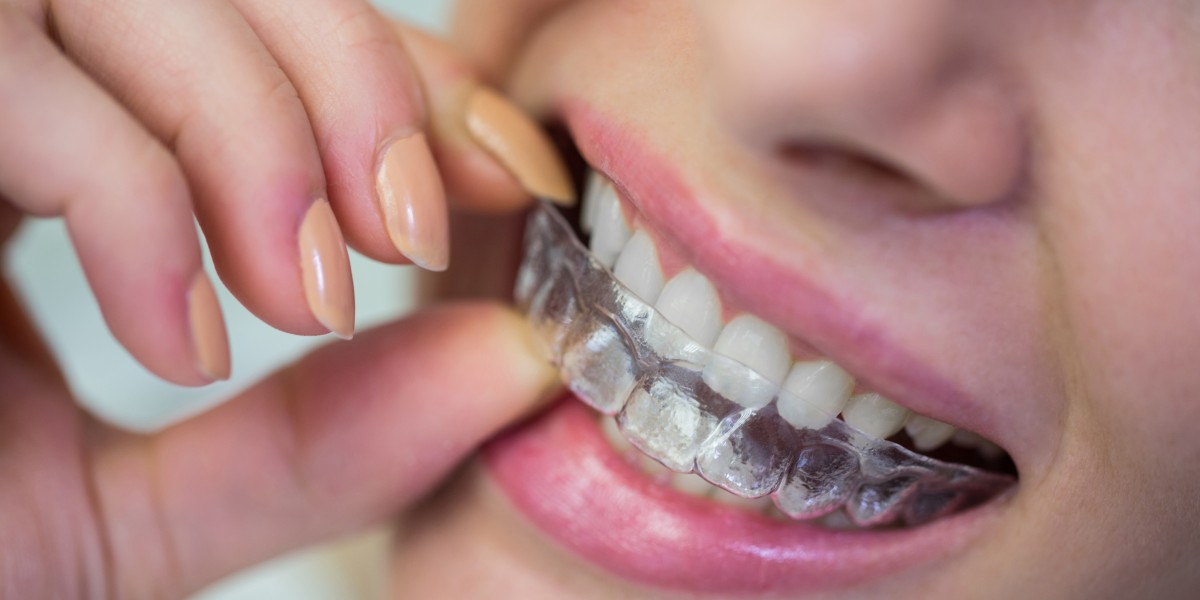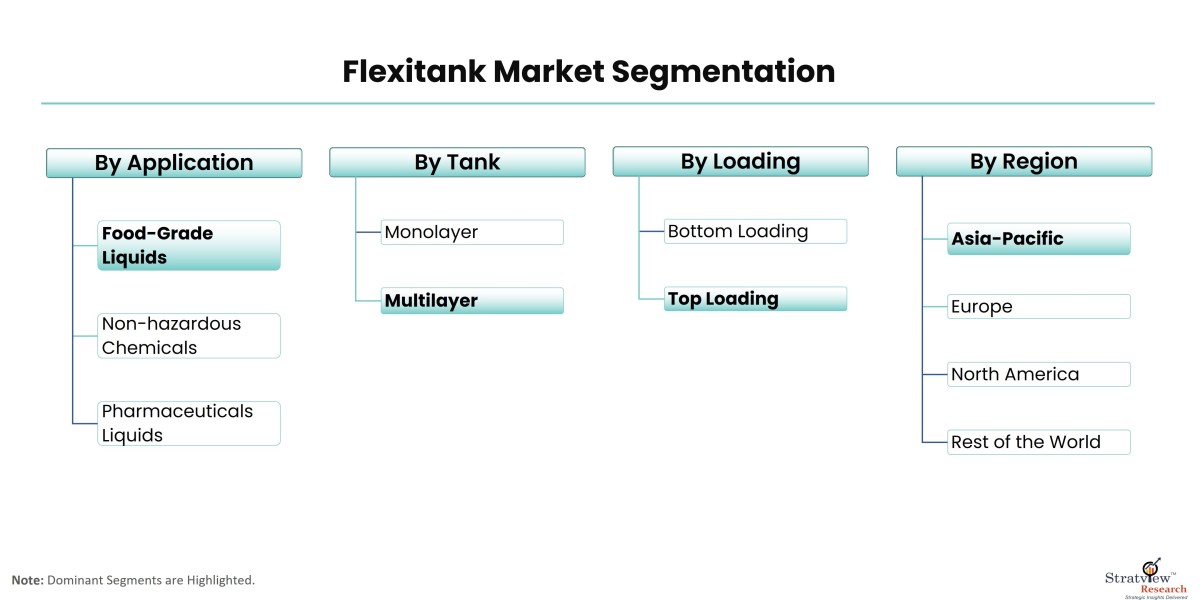From aligning crooked teeth to correcting bite issues, orthodontics plays a crucial role in improving both the functionality and aesthetics of the oral cavity. This article provides an in-depth exploration of orthodontics, including its benefits, treatment options, and advancements in the field.
What is Orthodontics?
Orthodontics is a dental speciality that addresses malocclusions, or misalignments, of the teeth and jaw. These issues can arise due to genetic factors, developmental anomalies, or habits such as thumb-sucking. Orthodontic treatments aim to achieve proper alignment, ensuring a harmonious bite and a beautiful smile.
Common Orthodontic Issues
Orthodontics can address a wide range of dental and skeletal problems, including:
Crowded Teeth: When there is insufficient space in the jaw for all teeth to fit properly.
Spacing Issues: Gaps between teeth caused by missing teeth or an oversized jaw.
Overbite: The upper teeth overlap significantly with the lower teeth.
Underbite: The lower teeth protrude beyond the upper teeth.
Crossbite: Misalignment of the upper and lower teeth when biting down.
Open Bite: A gap between the upper and lower teeth when the mouth is closed.
Jaw Misalignment: Issues such as a misaligned jaw or asymmetry that affect facial structure and functionality.
Benefits of Orthodontic Treatment
Orthodontic treatments offer numerous advantages beyond a straighter smile. These include:
Improved Oral Health: Properly aligned teeth are easier to clean, reducing the risk of cavities and gum disease.
Enhanced Chewing and Speaking: Correcting bite issues improves functionality and clarity of speech.
Aesthetic Appeal: A well-aligned smile boosts confidence and self-esteem.
Prevention of Dental Problems: Addressing misalignments early can prevent issues like excessive wear, jaw pain, and temporomandibular joint (TMJ) disorders.
Better Overall Health: Improved oral health contributes to better systemic health, reducing risks associated with periodontal disease.
Types of Orthodontic Treatments
Modern orthodontics offers a variety of treatment options to cater to diverse needs and preferences. These include:
Traditional Metal Braces
Metal braces are the most common and effective orthodontic treatment. They consist of metal brackets attached to the teeth and connected by wires. Adjustments are made periodically to guide the teeth into the desired position.
Advantages:
Suitable for complex cases
Durable and effective
Cost-effective compared to other options
Disadvantages:
Noticeable appearance
Can cause discomfort
Ceramic Braces
Ceramic braces function similarly to metal braces but use tooth-coloured or clear brackets, making them less noticeable.
Advantages:
Aesthetic appeal
Effective for a range of cases
Disadvantages:
More expensive than metal braces
Brackets can stain if not properly cared for
Lingual Braces
Lingual braces are attached to the back of the teeth, making them virtually invisible from the front.
Advantages:
Discreet appearance
Customised for each patient
Disadvantages:
Difficult to clean
Can cause tongue irritation
Clear Aligners
Clear aligners, such as Invisalign, are a popular choice for adults and teens. These removable, transparent trays gradually shift teeth into alignment.
Advantages:
Nearly invisible
Removable for eating and cleaning
Comfortable and convenient
Disadvantages:
Not suitable for severe cases
Requires strict compliance for effective results
Retainers
Retainers are typically used after orthodontic treatment to maintain the results. They can be removable or fixed, depending on the patient’s needs.
The Orthodontic Treatment Process
The journey to a straighter smile involves several stages:
Initial Consultation
During the first visit, the orthodontist evaluates the patient’s oral health, discusses concerns, and determines the need for treatment. Diagnostic tools such as X-rays, photographs, and impressions may be used.
Treatment Planning
Based on the assessment, the orthodontist creates a customised treatment plan, outlining the type of appliance, duration, and expected outcomes.
Placement of Appliances
Braces, aligners, or other appliances are fitted to begin the alignment process. The orthodontist provides instructions on care and maintenance.
Regular Adjustments
Periodic visits are scheduled to monitor progress and make necessary adjustments to the appliances.
Retention Phase
After achieving the desired results, retainers are used to prevent teeth from shifting back to their original positions.
Advances in Orthodontics
Orthodontics has seen significant advancements in recent years, making treatments more efficient, comfortable, and aesthetically pleasing. Key innovations include:
3D Imaging and Digital Scanning: Advanced imaging technologies enable precise treatment planning and customisation.
Self-Ligating Braces: These braces use a sliding mechanism instead of elastic ties, reducing friction and treatment time.
Accelerated Orthodontics: Techniques such as micro-osteoperforation and high-frequency vibration devices speed up tooth movement.
Clear Aligners: Continuous improvements in materials and design enhance the effectiveness of aligners.
AI and Machine Learning: Predictive modelling helps orthodontists anticipate treatment outcomes more accurately.
Orthodontics for Different Age Groups
Orthodontic treatment is not limited to a specific age group. While early intervention is ideal, adults can also benefit from orthodontic care.
Children
The American Association of Orthodontists recommends an initial orthodontic evaluation by age 7. Early intervention can:
Guide jaw growth
Address habits like thumb-sucking
Prevent more severe issues later
Teenagers
Teenagers are the most common age group for orthodontic treatment. Their growing jaws and permanent teeth make this an ideal time for braces or aligners.
Adults
Orthodontic treatment for adults is becoming increasingly popular, thanks to discreet options like clear aligners and ceramic braces. Benefits include:
Correction of long-standing issues
Improved oral health
Enhanced aesthetics
The Cost of Orthodontic Treatment
The cost of orthodontic treatment varies depending on factors such as the type of appliance, complexity of the case, and duration of treatment. On average:
Traditional braces: £2,000 to £5,000
Ceramic braces: £3,000 to £6,000
Clear aligners: £2,500 to £6,000
Lingual braces: £4,000 to £8,000
Many orthodontists offer payment plans to make treatment more accessible.
Maintaining Results After Treatment
Proper care is essential to maintain the results of orthodontic treatment. Tips include:
Wearing Retainers: Follow your orthodontist’s instructions regarding retainer use.
Good Oral Hygiene: Brush and floss regularly to prevent plaque build-up.
Avoiding Hard Foods: Protect your teeth and appliances by steering clear of hard or sticky foods.
Regular Dental Check-ups: Continue routine visits to your dentist for cleanings and exams.
Conclusion
Orthodontics is a transformative field that goes beyond creating straighter smiles. By addressing dental and skeletal issues, orthodontic treatments improve oral health, functionality, and overall quality of life. Whether you’re a child, teenager, or adult, there are solutions tailored to meet your unique needs. Consult with a qualified orthodontist to explore your options and embark on the journey to a healthier, more confident smile.



